Winter on the farm
Nov 21, 2024
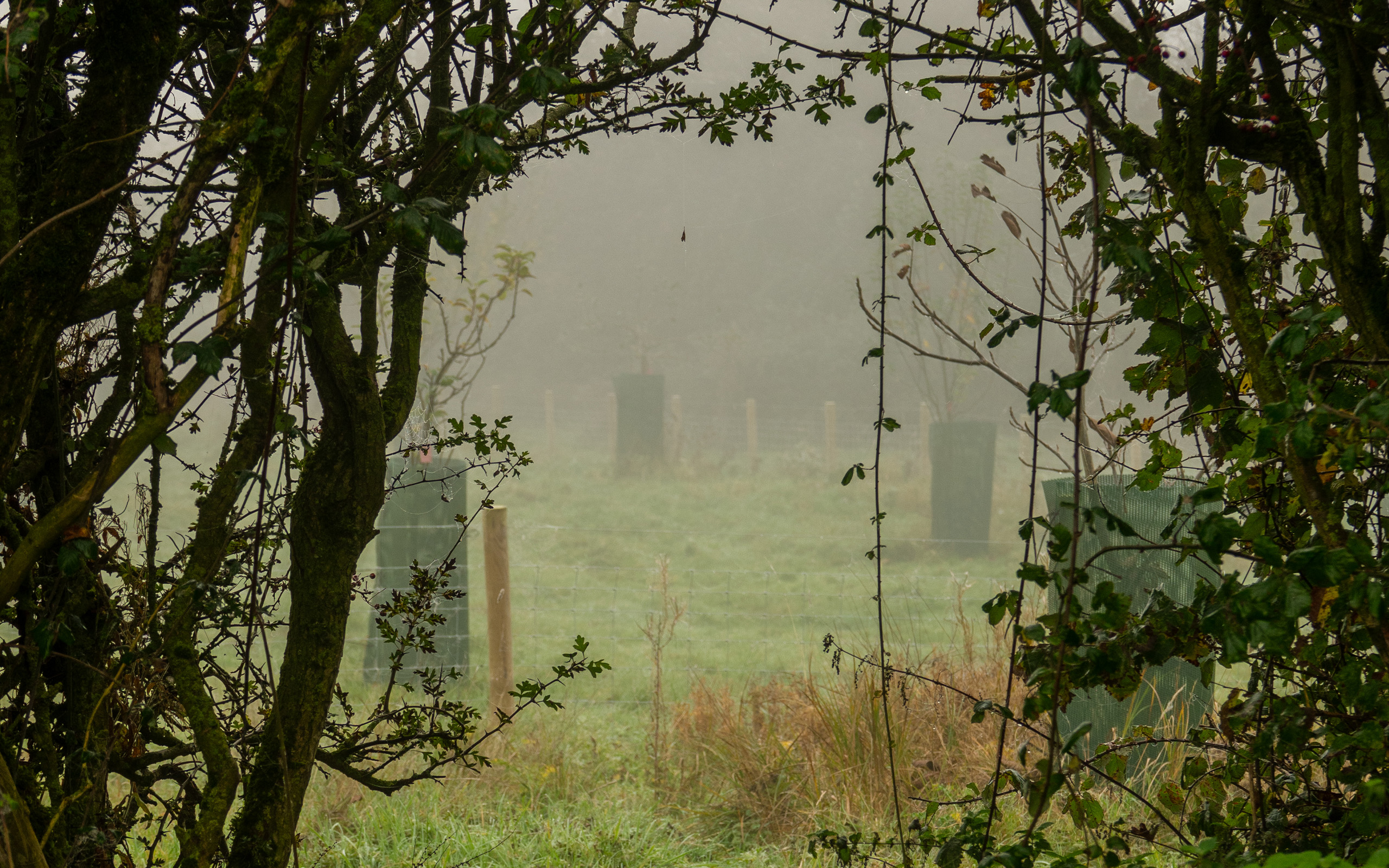
Misty mornings on the farm
Have you ever wondered how the Kitchen Garden People keep your veg box stocked up in winter? Or what your farmers are up to while the rest of us are tucked up warm indoors? Farming doesn’t pause for the winter—it’s a time for planning, preparation and laying the groundwork for spring.
To Know the Dark, by Wendell Berry
To go in the dark with a light is to know the light.
To know the dark, go dark. Go without sight,
and find that the dark, too, blooms and sings,
and is traveled by dark feet and dark wings.
Field Notes
The fields may look quiet, but there’s plenty happening beneath the surface. Our wheat and rye crops, undersown with clover, have now germinated. Growth will slow as temperatures drop, but sowing early has given them a strong start. These crops will overwinter, their roots anchoring the soil and clover fixing nitrogen, ready to grow again when the weather warms up.
The grass growth across the farm has now stopped for the winter, and the ewe lambs have moved off site to meet the tup. In the new year, we’ll welcome a new flock, and we’re busy making a grazing plan to make the best use of our pastures. Livestock rotations are an important part of regenerative farming, supporting soil health and biodiversity.
The orchard is too winding down, with a few late-November stragglers still to pick. We had apples and pears in abundance this year, all now stored carefully and being put to good use in the kitchen in the form of apple and pear tarts, salads, compotes and soups. The beauty of our mixed heritage orchard is that we don’t have all our eggs in one basket (or in this case, all our apples on one tree!) giving us more stability throughout the year.
Tree surgeons have been hard at work pruning trees under power lines, and we’ve been greasing machinery and recharging batteries to ensure they’re ready for action in spring. The machinery shed is getting a well-deserved reorganisation, with as much equipment as possible stored undercover to protect it from the wind and wet.
Winter at FarmED may feel quieter than the bustling harvest months, but it’s a season full of purpose, laying the groundwork for a productive year ahead. Farming, much like nature, never truly rests—it adapts, preparing for the growth to come.
Wildlife in Winter
Keep an eye out for these snippets of wildlife on the farm…
Plants
Spindle berries
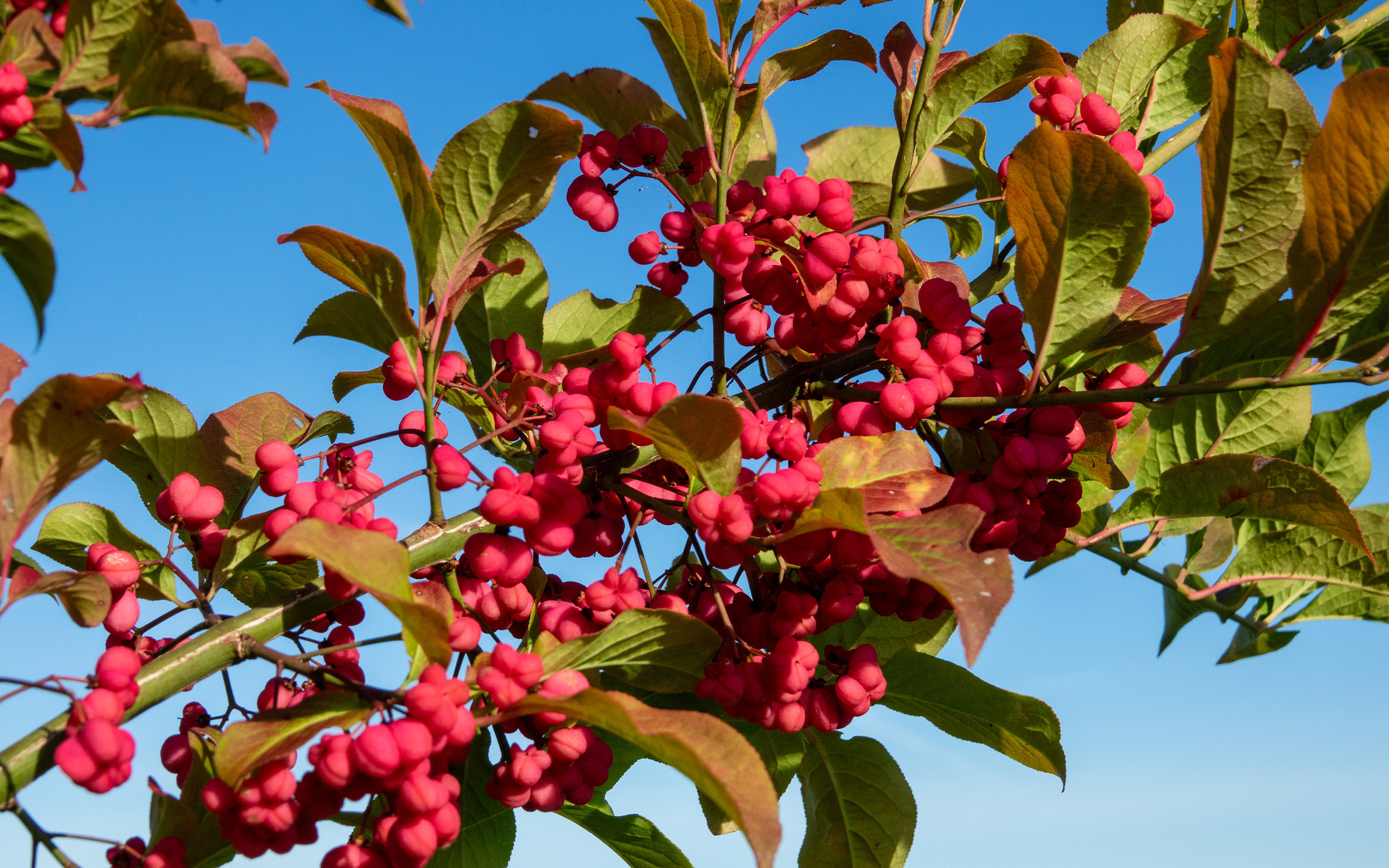
Often overlooked during the warmer months, the native scrub plant takes centre stage in winter with its vibrant pink berries. These uniquely shaped fruits brighten up the landscape and are a vital winter food source for migrant birds. The woodland shelter belt is the perfect spot to catch these stunning plants at their best.
Old man's beard
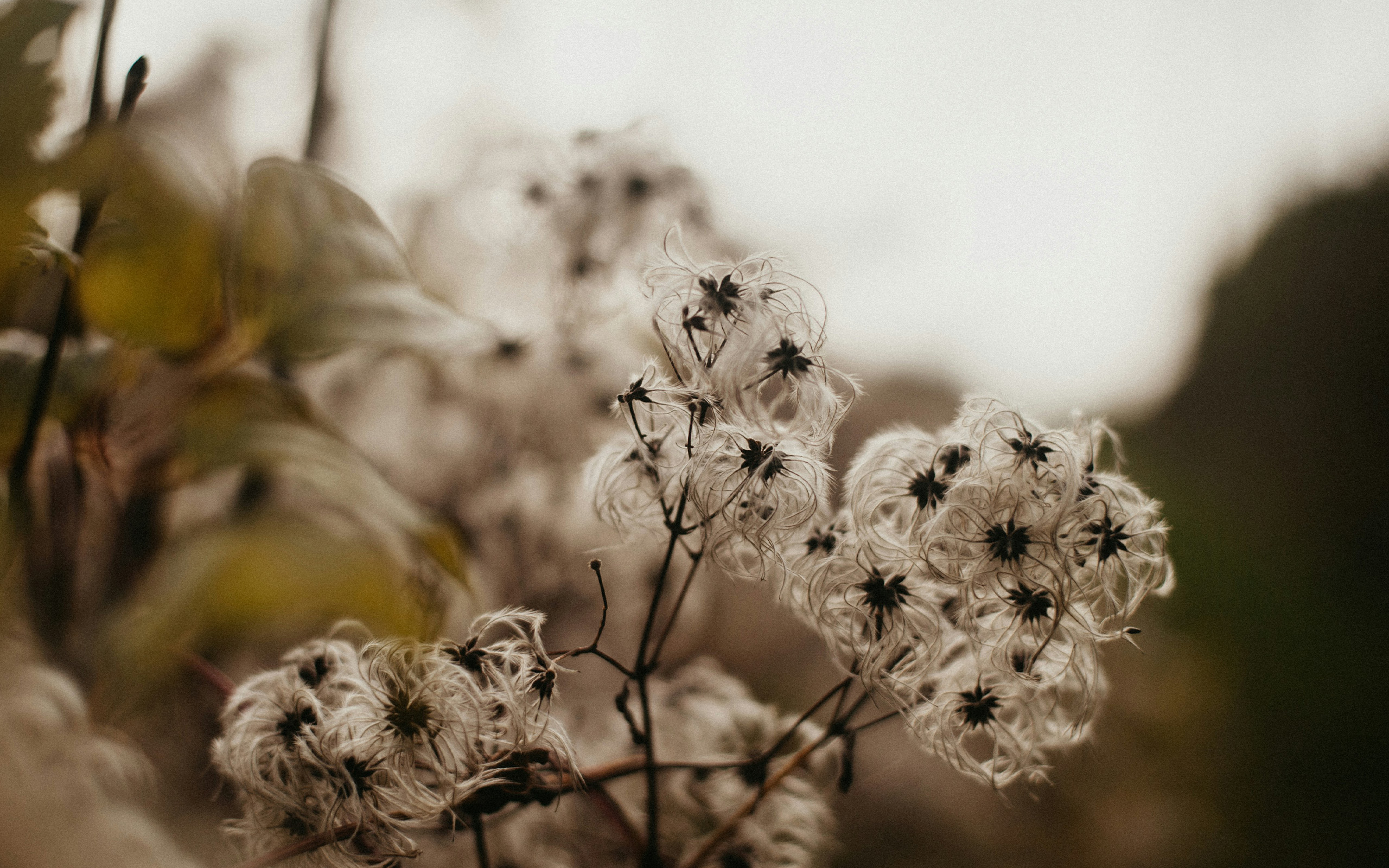
Clematis flowers appear during late summer, around August and September. Then, the seeds, known as achenes (a type of one-seeded fruit) begin to develop. What makes these seeds remarkable is that they retain part of the flower - the style - which transforms into long, silky hairs. These form the grey tufted balls often seen in woodlands and hedgerows in winter, hence its nickname, old man’s beard. These silky structures play a crucial role in seed dispersal, too.
Candle Snug
By mid-November, many fungi species on the farm are going over. But, one that becomes more prominent this month and persists through the winter is the fascinating Candle Snuff. Resembling small antlers or delicate fingers, it often appears sprouting from the top of a decaying log. This small, thin fungi is something you’re likely to spot along the bases of hedgerows during a wander on the farm.
Birds
For some birds, it’s a time of egg laying, pair bonding, raising young, sparring and defending territories. For others, it’s purely a time to hibernate and recharge.
Meadow Pipit
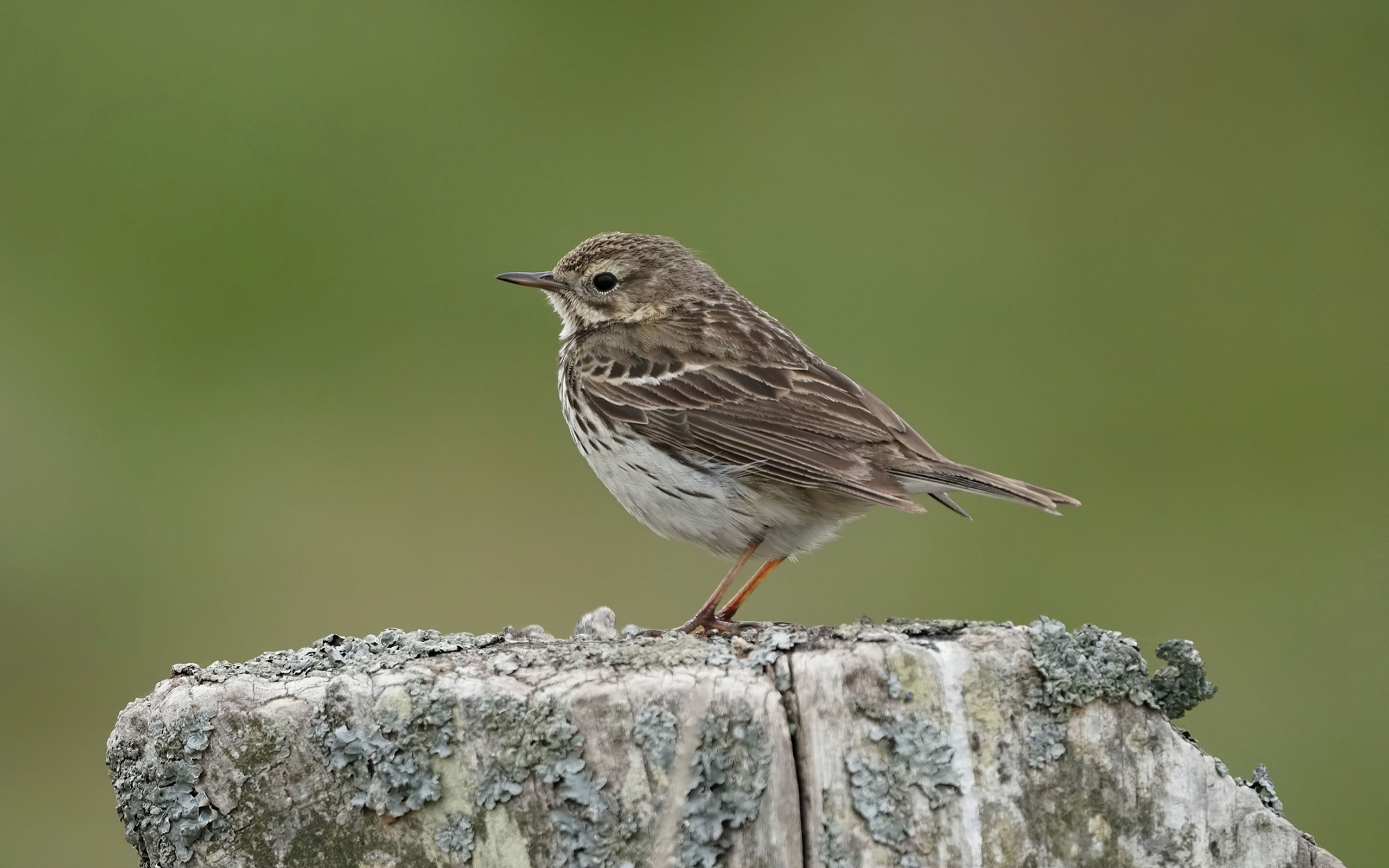
Have you spotted a meadow pipit on the farm?
Along with skylark, meadow pipit are the other main small brown birds to be seen flying low over the meadows at FarmED, often flushed up as you wander by. They can sometimes appear mouse-like as they hop and wander through the scrubby grass. Their high pitched calls often alert you to their presence as they fly over. Meadow pipit can appear on the farm in great numbers during winter, taking full advantage of its feeding opportunities.
Bullfinch
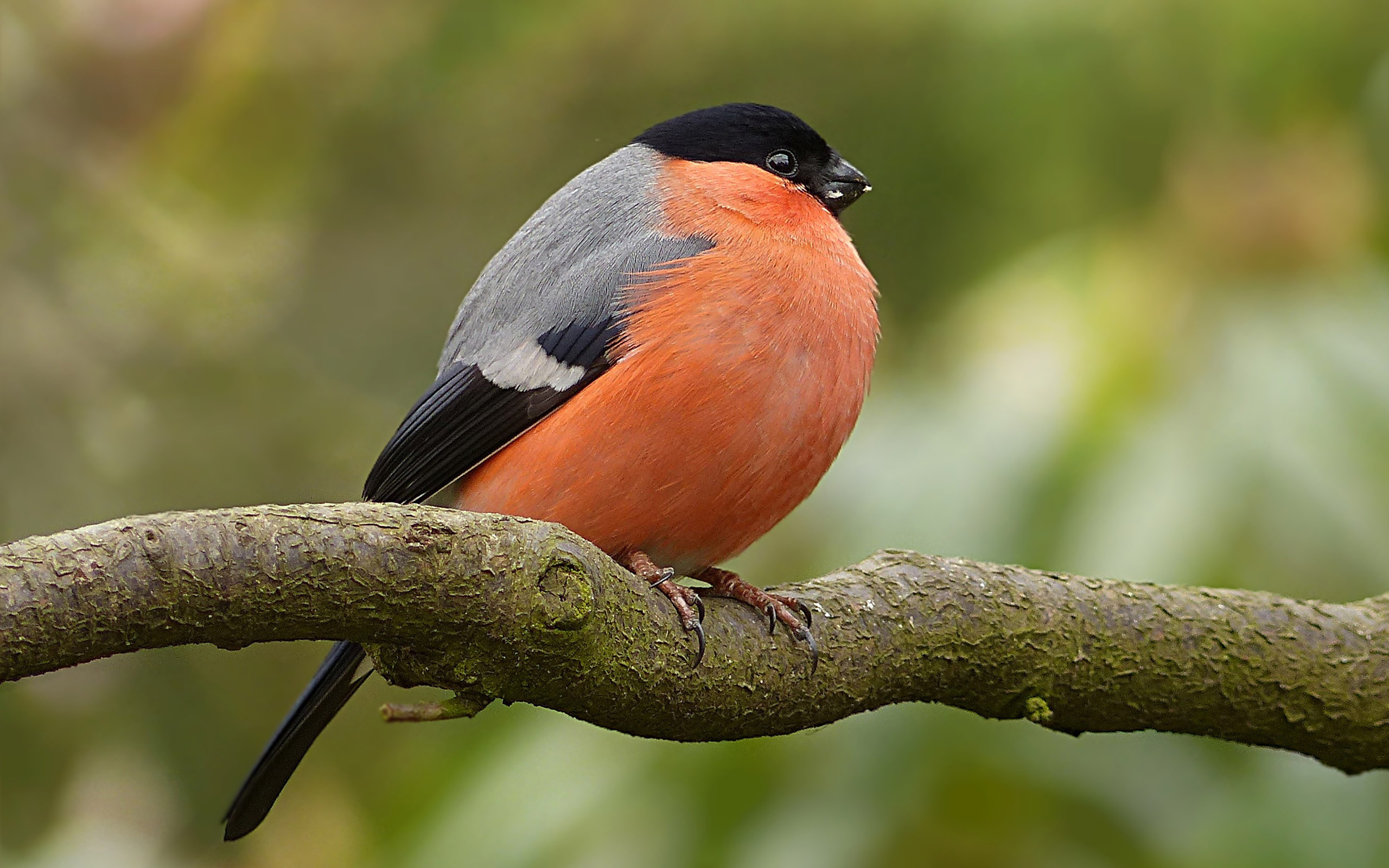
A beautiful bullfinch on the lookout for food
The bullfinch may be one of our larger finches to be found on the farm but also certainly one of the shyest. Often revealing themselves by their bright white rump as they flush out from a hedgerow, these scrub loving finches are a beautiful songbird, with bold feather markings and the males donning a particularly bold pink breast. Look out for these elusive finches standing out vividly against the early winter backdrop in many of the scrubby areas of the site, particularly in the north or south end of the farm.
Jay
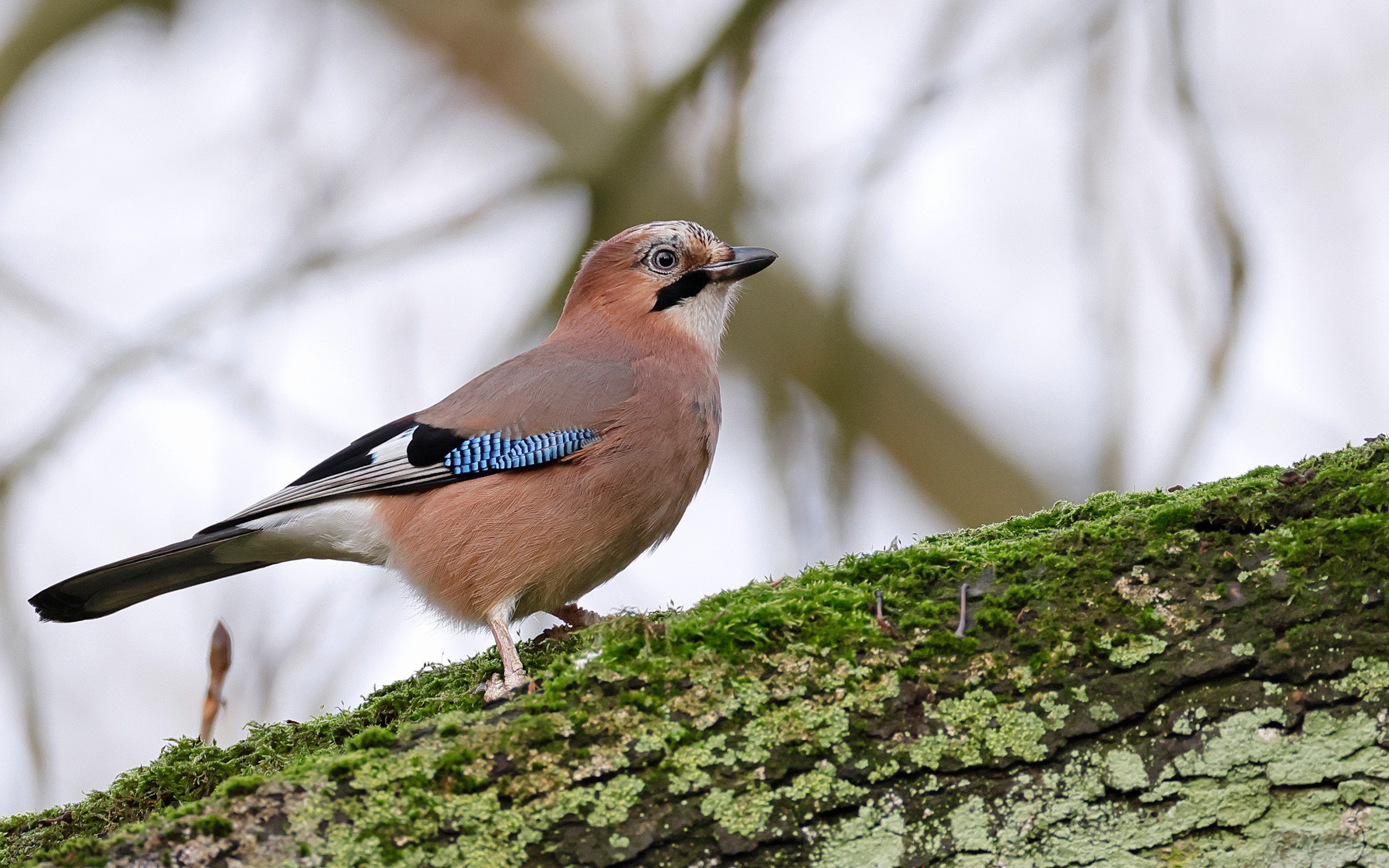
Jay’s are unmistakable with their blue-tipped feathers
Easily the most colourful species of crow/corvid in the UK but arguably the most elusive. Often spending much of its time deep in the woods of winter, many of these peach-coloured birds venture into the countryside to collect up new stashes of acorns and other nuts. You might see them flying in and around the fields on the farm, often lingering around the larger willows. Look out for their electric blue wing feathers.
Garden Treasures: How the kitchen garden thrives in the cold…
Winter in the kitchen garden is a time of care, preparation, and steady progress. As temperatures begin to drop, the team are working to protect delicate crops like celeriac and chicory, tucking them under fleece to shield them from frost. Hardy root vegetables, such as carrots and parsnips, are left to weather the cold, but a close eye on the forecast ensures we’re ready to cover crops when needed. Small mammals are on the hunt for food, so we’ve been busy rolling up drip lines and storing them safely out of reach to prevent any unwelcome nibbles.
The quieter pace of winter lends itself to tidying tasks, maintaining tools, and ensuring everything is stored away to avoid damage from damp conditions. Woodchipping the asparagus beds helps to protect the soil, suppress weeds, and keep everything in good condition for their growth period to come. We’re also filling any gaps in the soil with green manure crops like mustard, which nourish and activate the soil while keeping it covered—bare ground is always avoided!
Planning for next year’s growing season is another winter task. At the moment, the team have been busy working on securing funding for a new propagation tunnel and scouting the perfect location, a sunny and sheltered spot where young plants can thrive. Ground preparation has already begun…
Recent news items




